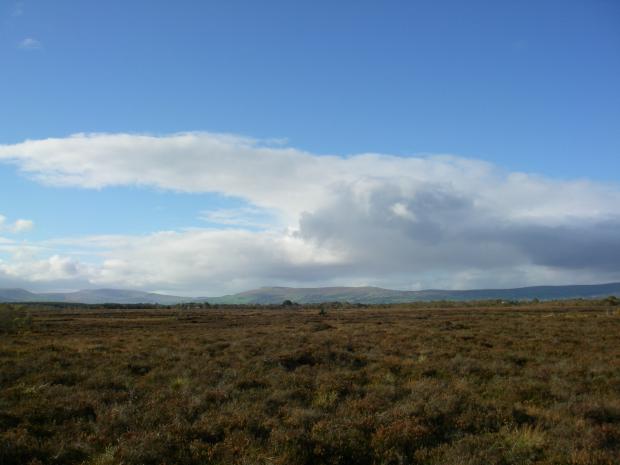
Curran Bog occurs in the flood-plain of the Moyola River. Despite extensive turf-cutting around its edge, the remaining intact surface retains a high cover of Sphagnum bog-mosses (indicating active peat growth) and well-developed surface patterning (i.e. pool, hummock and hollow complexes).
The pool system is a particularly important feature, as these are generally very rare in Northern Ireland lowland raised bogs. The pools vary in shape and size, but are generally linear with a carpet of aquatic Sphagnum bog-mosses, particularly Sphagnum cuspidatum, with lesser amounts of Sphagnum auriculatum and scattered bogbean.
Notable species include great sundew, Sphagnum pulchrum, Sphagnum imbricatum and Sphagnum fuscum.
Related articles
- ASSI Guidance for Public Bodies/Competent Authorities
- Coastal Areas of Special Scientific Interest
- Conservation Management Plans (CMPs)
- European Marine Sites - Marine Special Areas of Conservation and Special Protection Areas
- Introduction to Conservation Management Plans (CMPs) for Northern Ireland’s Special Areas of Conservation
- Marine Conservation Zones
- Marine Protected Areas
- Marine Ramsar sites
- Portrush Coastal Zone
- Special Areas of Conservation
- Special Areas of Conservation for Harbour porpoise
- Special Protection Areas
